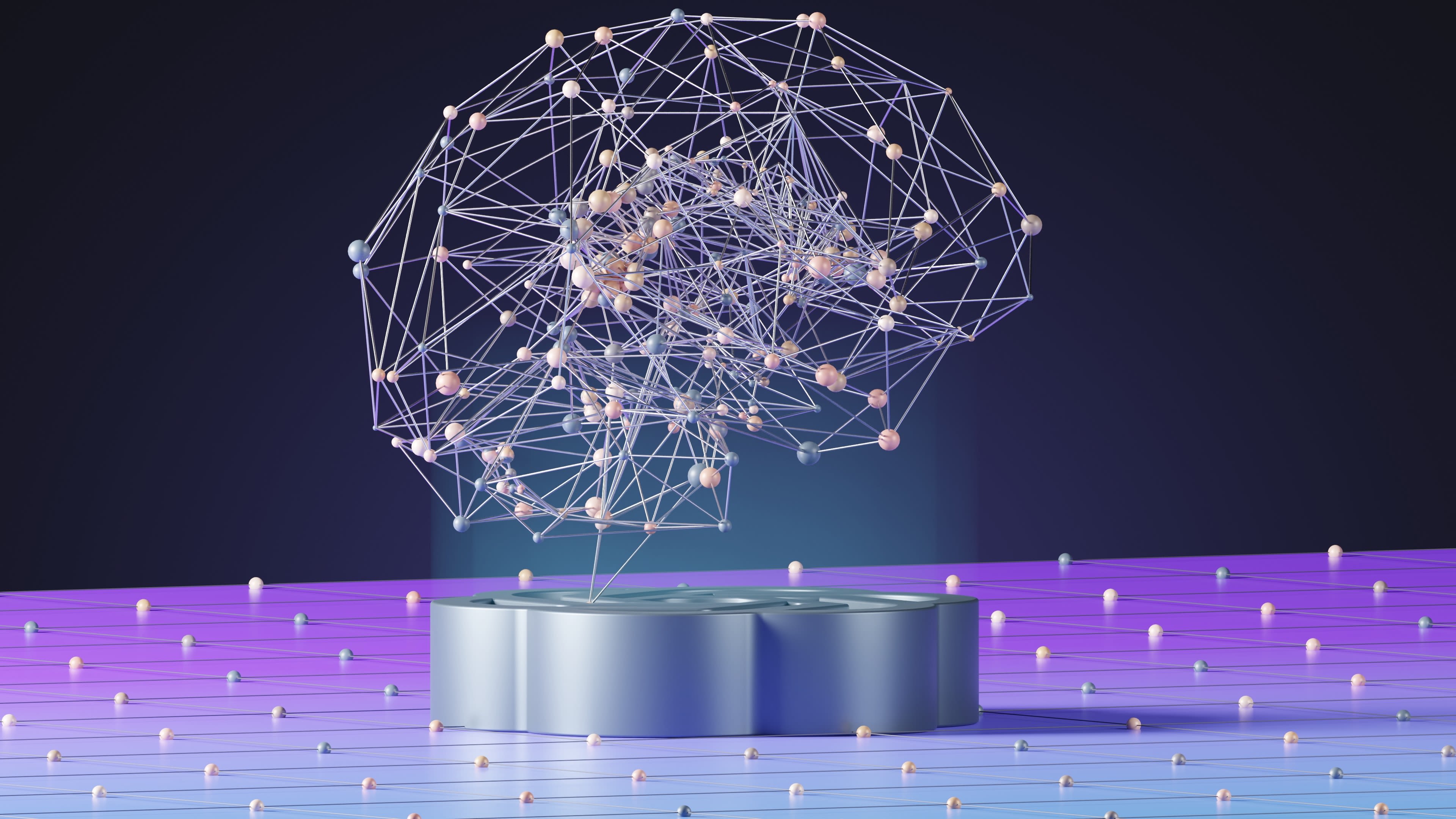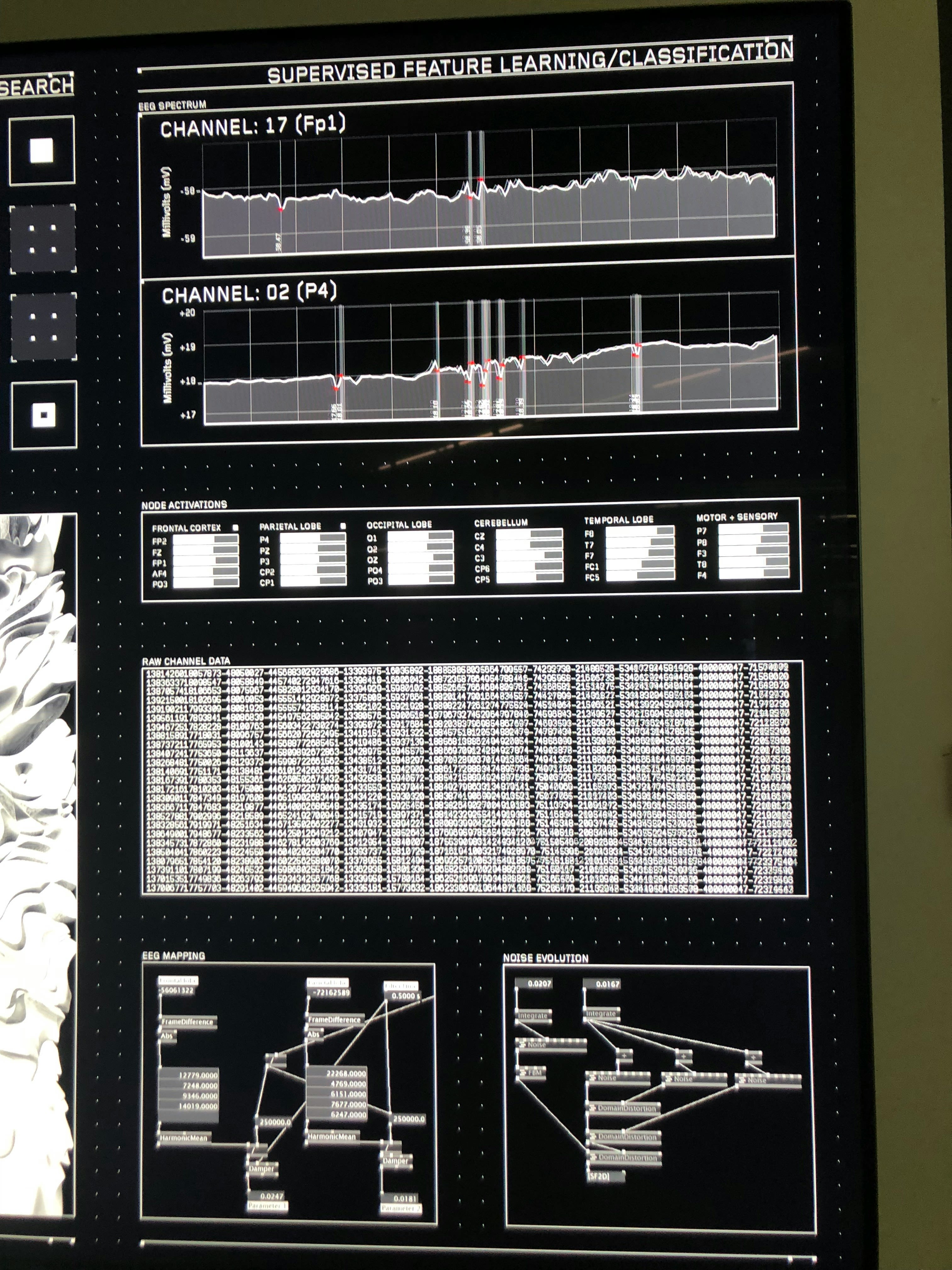What is Google's Project Astra (And Why It’s a Big Deal)

AI is continuing to boom and if you think it has peaked already? Well, you are sorely mistaken! That is because Google’s latest breakthrough will absolutely change your perspective. Introduced at Google I/O 2025, Project Astra isn’t just another AI assistant — it’s a bold step toward building the kind of real-time, intelligent agents we once only saw in science fiction films.
So what exactly is Project Astra? And more importantly, what does it mean for you as a student, an aspiring tech professional, or simply someone interested in the future of technology?
Let’s unpack it — and explore why this could be the beginning of something massive.
Meet Project Astra: AI That Sees, Hears and Responds in Real Time
Project Astra is Google DeepMind’s vision for a universal AI assistant — one that understands the world around it using sight, sound, and memory. Unlike traditional voice assistants that give canned responses to pre-set commands, Astra is designed to function like a real-time, responsive companion — sort of like Iron Man's Jarvis.
Imagine pointing your phone camera at a circuit board and asking, “Can you tell me what this does?” — and the AI not only identifies the components, but also explains their function clearly and accurately. That’s what Astra demonstrated live.
In another instance, it remembered where you left your glasses after you asked it 10 minutes later. Why? Because it observed and retained information about your environment. In essence, this isn’t just reactive AI — it’s context-aware, visually intelligent, and memory-capable AI.
This leap forward doesn’t just expand what AI can do. It completely changes how we interact with technology.
From Smart Assistant to Intelligent Partner
What makes Project Astra so exciting is its multimodal capability — meaning it can process and understand text, audio, and visuals simultaneously. It’s not just “smart” in the way your current AI chatbot is. It has situational awareness, and it can follow along in your environment.
Let’s say you’re studying engineering and you’ve got a complex diagram in front of you. Instead of searching through pages of PDFs, you could show Astra the image and ask, “Explain this flow process.” The AI would analyse it, break it down, and walk you through it — visually and verbally.
The idea is simple, but the implications are huge. You’re no longer just using technology — you’re collaborating with it. And that opens up new possibilities for learning, research, design, development, and even problem-solving in real-time.
Why This Matters to You
This technology opens up powerful new ways to learn, solve problems, and collaborate. Imagine using a tool that can help you revise by identifying parts in a diagram, explaining code structure from a screenshot, or helping you understand an engineering model just by looking at it. That’s no longer a distant possibility—it’s becoming reality.
Astra represents the kind of real-time, on-demand support that could completely change how you approach your studies or your work. Instead of searching for answers, you’ll interact with technology that observes and understands in the moment.
This type of assistant could eventually integrate into mobile devices, AR glasses, or even robotics—impacting industries like education, healthcare, design, and more. It won’t be replacing human input, but it will definitely augment it, allowing you to achieve more with less overall less effort.
What Comes Next
Project Astra is still in its early stages, but its introduction is a clear signal that AI is shifting from passive assistance to active collaboration. For you, this means the types of tools and platforms you’ll be working with in the next few years will look very different from those available today.
To stay ahead, it’s essential to be adaptable and curious. Understanding how multimodal AI works, how it processes information, and how it can be used ethically and effectively will soon become part of everyday digital literacy.
What you're seeing now is only the beginning. The challenge—and the opportunity—lies in how you choose to engage with what’s coming next.


